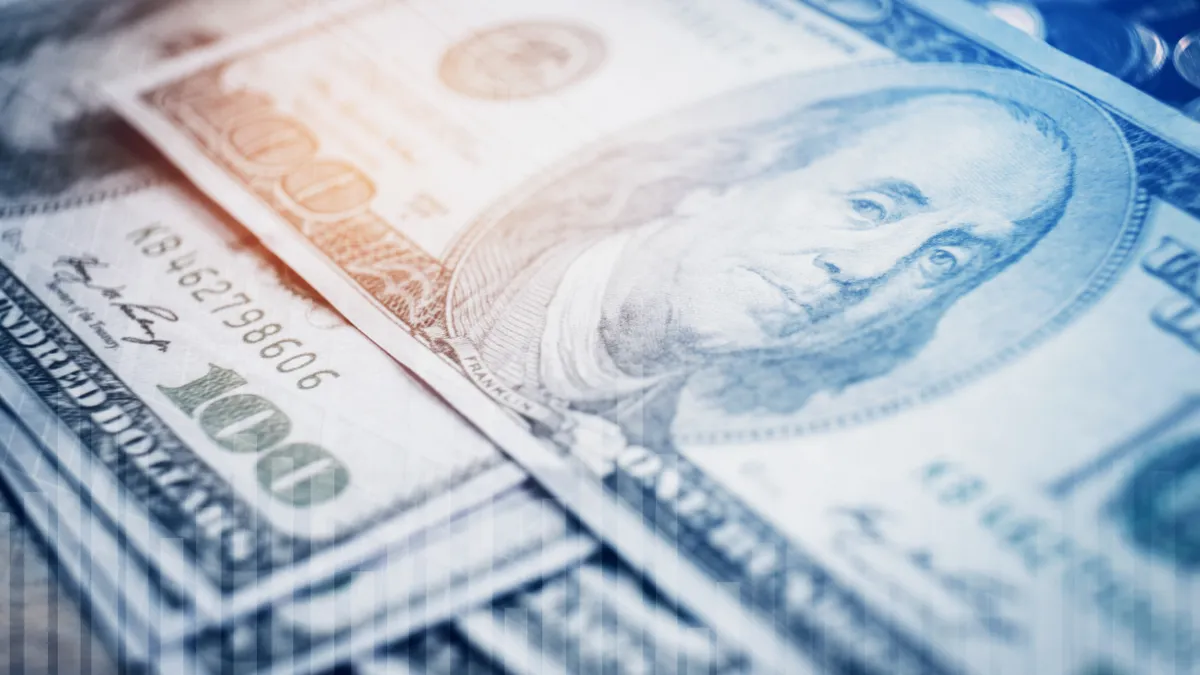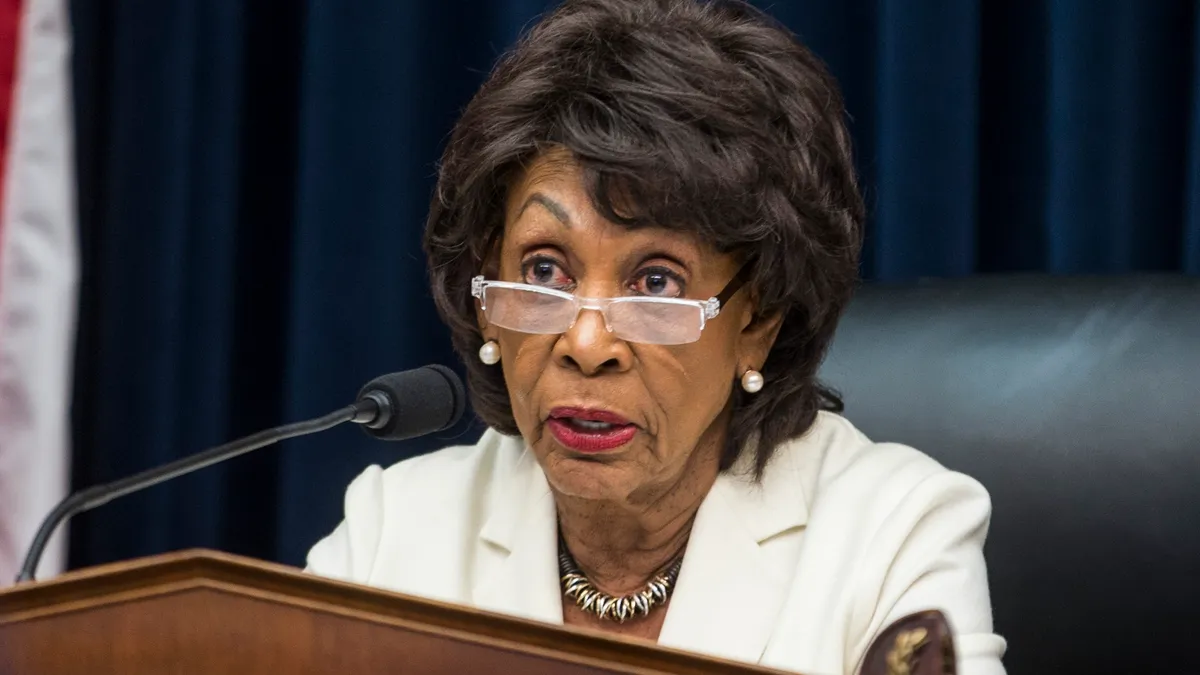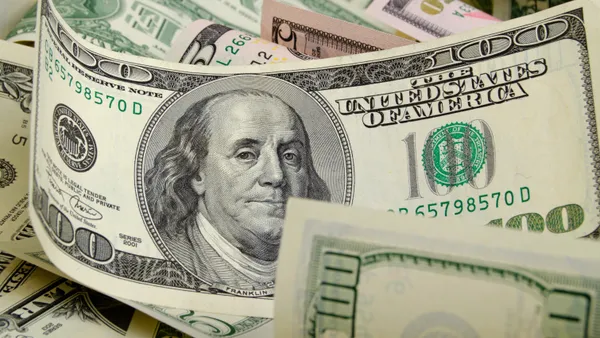Dive Brief:
- Inflation will probably slow to the Federal Reserve’s 2% target by mid-2026 barring an increase in price pressures caused by tariffs and other policy shifts under the Trump administration, the Conference Board said.
- “The unpredictability of the current administration’s policies looms large over the outlook,” the Conference Board said Wednesday in a forecast for the U.S. economy. “After a year of surprisingly robust growth, a combination of proposed policies will likely weigh on growth and leave inflation elevated as the year progresses, resulting in a more patient policy stance by the Fed.”
- Policymakers will probably trim the federal funds rate by a quarter point at its July, September and December meetings this year before leaving it at a “neutral rate” between 3% and 3.25% during the second quarter 2026, the Conference Board said. The neutral rate of interest neither spurs nor slows economic growth.
Dive Insight:
Government data this week has indicated that the Fed’s effort to push down inflation to 2% has stalled.
The producer price index for final demand, a measure of what suppliers charge, rose 0.4% last month and 3.5% for the 12 months through January, matching the annual rate in December, the Labor Department said Thursday.
Also, consumer prices rose last month at a 3% annual pace, higher than expected and the biggest gain since June, according to a government report released Wednesday. A 0.4% increase in shelter costs in January fueled 30% of the gain in the Consumer Price Index, the Bureau of Labor Statistics reported.
The economy will likely expand 2.3% this year and 1.8% next year, according to the Conference Board.
However, tariffs and deportations as proposed by the Trump administration would probably begin to slow growth by the second half of this year, according to the Conference Board.
The 10% tariff on China imports, and planned 25% import duties on goods from Canada and Mexico, would undermine gross domestic product growth by 1 percentage point over the course of a year while boosting inflation by 0.6 percentage point, Conference Board Senior U.S. Economist Yelena Shulyatyeva said during a Wednesday webcast.
Monetary “policy rates will probably stay on hold for the coming months,” she said. “The Fed will remain patient.”
Fed Chair Jerome Powell, testifying Wednesday to the House Financial Services Committee, reiterated that policymakers are committed to curbing inflation to 2% while downplaying the apparent setback from the rise in the CPI last month.
“We don't get excited about one or two good readings, if we don't get excited about one or two bad readings,” he said.
The Fed, while noting the persistence of inflation, paused monetary easing last month after trimming the main rate by a full percentage point from September through December. The benchmark rate is currently at a range between 4.25% to 4.5%.
Policymakers will calibrate borrowing costs based on incoming data, Powell said, while noting the uncertain impact on the economy from planned changes in tariffs, immigration, regulation and fiscal policy.
Indeed, changes in federal outlays may prompt policymakers to reduce the main interest rate earlier than anticipated, the Conference Board said. “Large government spending cuts would slow growth and potentially prompt the Fed to cut faster.”
Business investment will probably decline over the course of 2025, the Conference Board said.
“Some businesses may choose to invest in anticipation of deregulation, corporate tax cuts and a greater focus on the new administration on artificial intelligence, crypto [and] fossil fuel production,” the Conference Board said. “Other industries may continue to delay investments until they have greater clarity regarding trade, government spending and immigration policies.”















